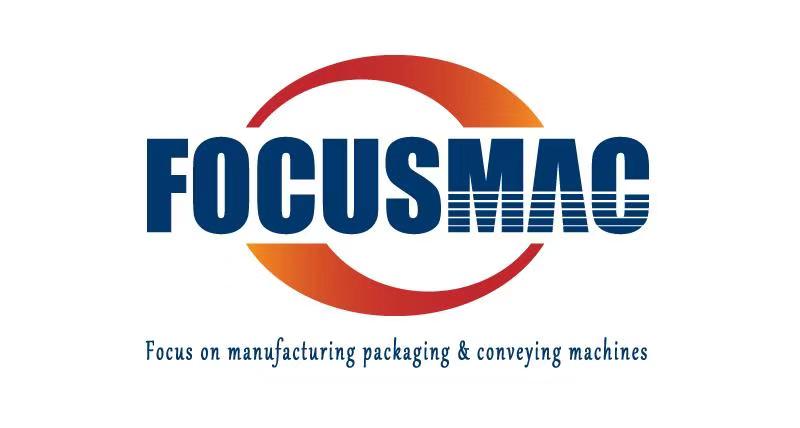The Application of Different Bag Types in Packaging Machines
Introduction: Packaging machines play a crucial role in the efficient and effective packaging of goods across various industries. One key aspect of packaging is the type of bag used, as different products require different packaging solutions. This paper explores the application of various bag types in packaging machines, highlighting their unique characteristics and suitability for different products and packaging requirements.
-
Pillow Bags: Pillow bags, also known as flat bags, are one of the most common types of bags used in packaging machines. These bags have a simple, flat design and are sealed on three sides, leaving one side open for filling the product. Pillow bags are versatile and can be used for packaging a wide range of products, including snacks, confectionery, and hardware items. They are particularly well-suited for lightweight products and high-speed packaging operations.

-
Gusseted Bags: Gusseted bags feature expandable sides or gussets that allow the bag to accommodate bulky or irregularly shaped products. These bags provide increased volume and improved stability, making them ideal for packaging items such as grains, powders, and bulk goods. Gusseted bags are commonly used in vertical form-fill-seal (VFFS) machines, where they can be efficiently filled and sealed to create a secure package.
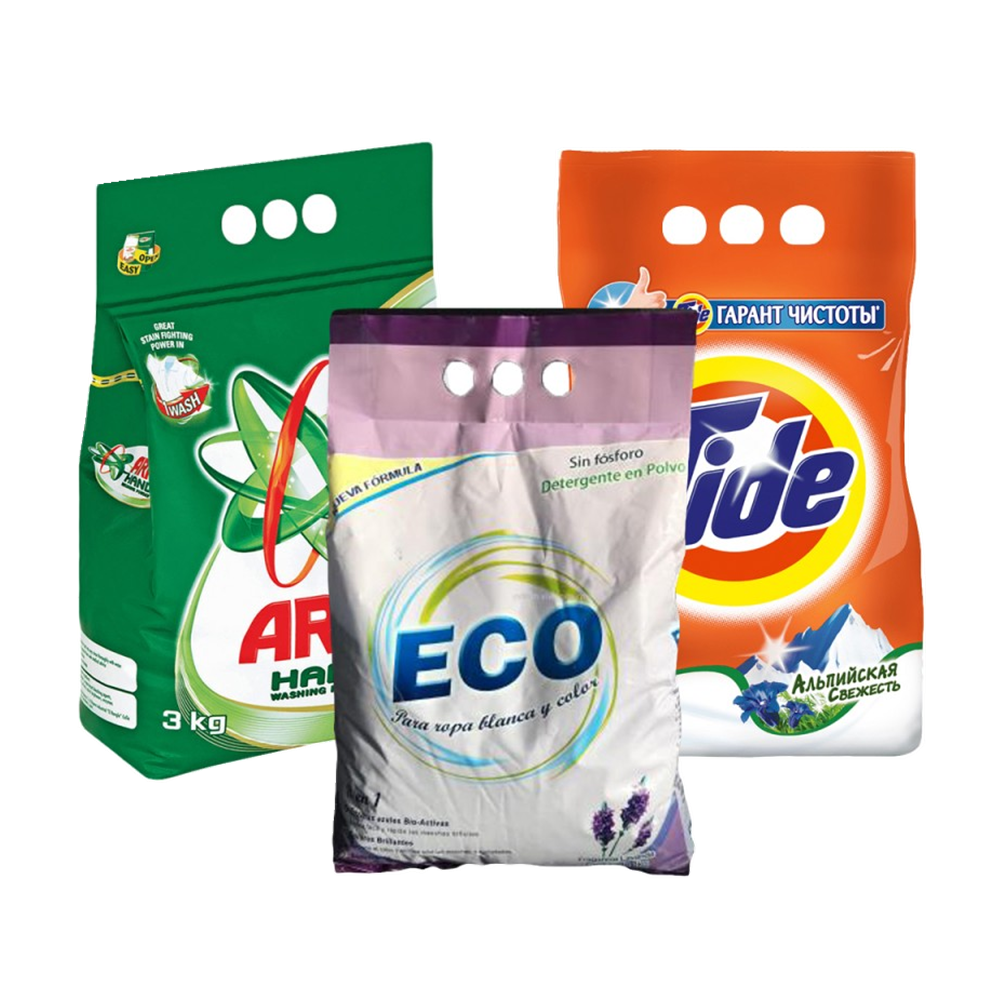
-
Stand-Up Pouches: Stand-up pouches are flexible bags with a gusseted bottom that allows them to stand upright on store shelves. These pouches offer excellent shelf presence and are highly customizable in terms of size, shape, and design. Stand-up pouches are suitable for a wide range of products, including snacks, beverages, and pet food. They are often used in rotary pouch filling machines, where they can be filled and sealed in a continuous process.
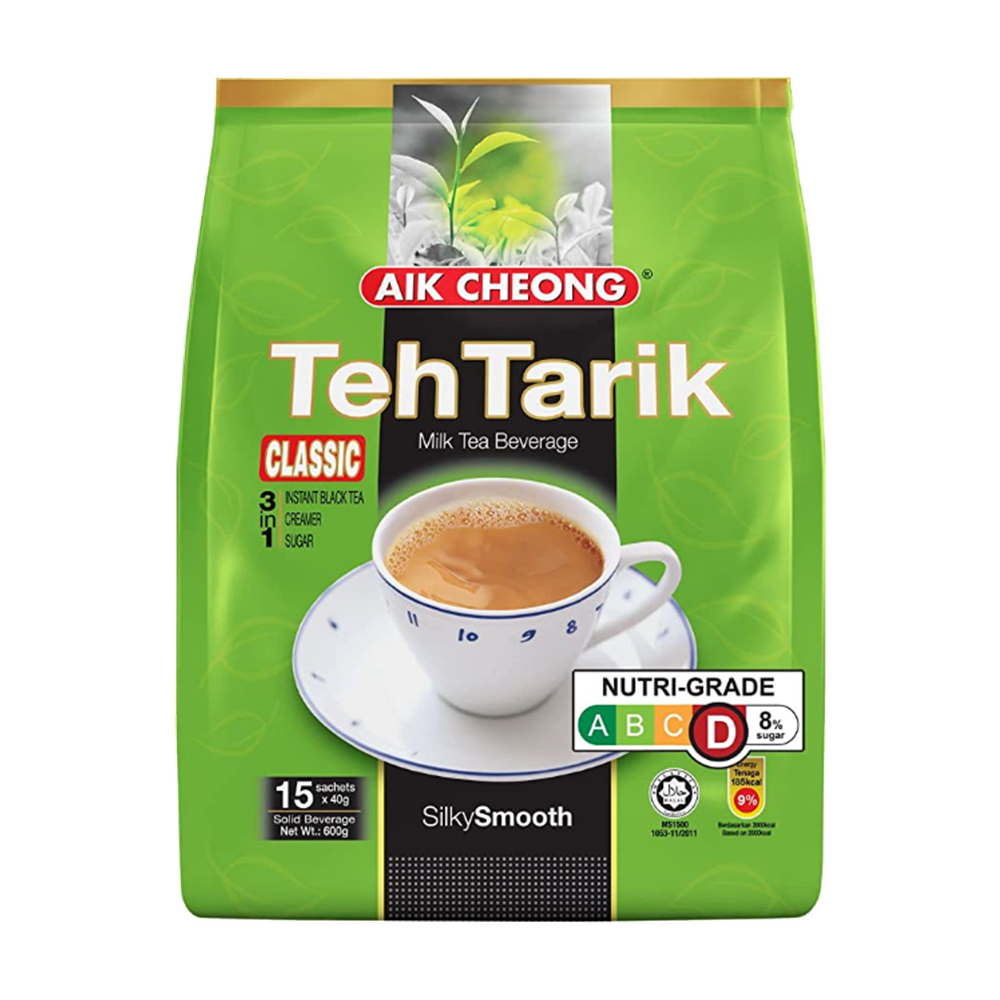
-
Quad Seal Bags: Quad seal bags, also known as block bottom bags, feature four side seals and a flat bottom, providing stability and a large surface area for product branding and labeling. These bags offer excellent protection against punctures and tears, making them ideal for packaging items such as coffee, pet food, and frozen foods. Quad seal bags are commonly used in vertical form-fill-seal (VFFS) machines, where they can be efficiently filled and sealed to create a durable and attractive package.
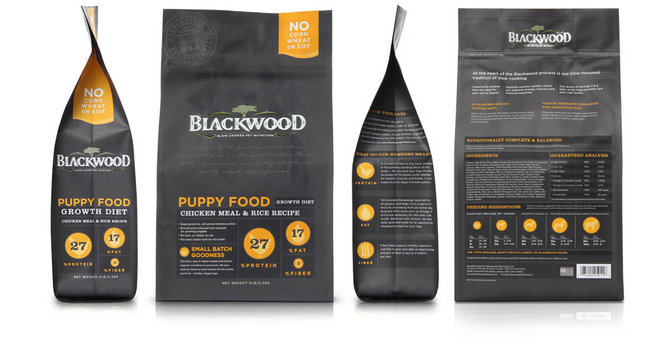
-
Zipper Bags: Zipper bags feature a reclosable zipper closure that allows consumers to reseal the bag after opening, preserving product freshness and extending shelf life. These bags are commonly used for packaging items such as snacks, deli meats, and frozen foods. Zipper bags are compatible with various packaging machines, including horizontal form-fill-seal (HFFS) machines and pre-made pouch fillers, allowing for efficient and convenient packaging solutions.
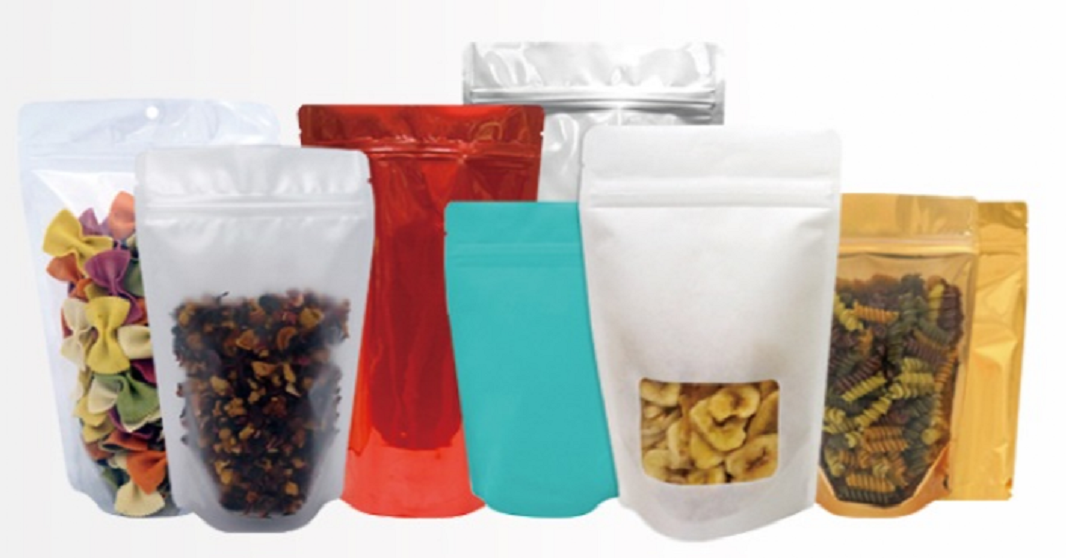
Conclusion: In conclusion, the selection of the appropriate bag type is essential for optimizing packaging operations and ensuring product quality and integrity. Understanding the characteristics and applications of different bag types allows manufacturers to choose the most suitable packaging solution for their products and production processes. Whether it's pillow bags for lightweight products, gusseted bags for bulky items, stand-up pouches for shelf presence, quad seal bags for durability, or zipper bags for convenience, each bag type offers unique advantages that contribute to efficient and effective packaging solutions.
